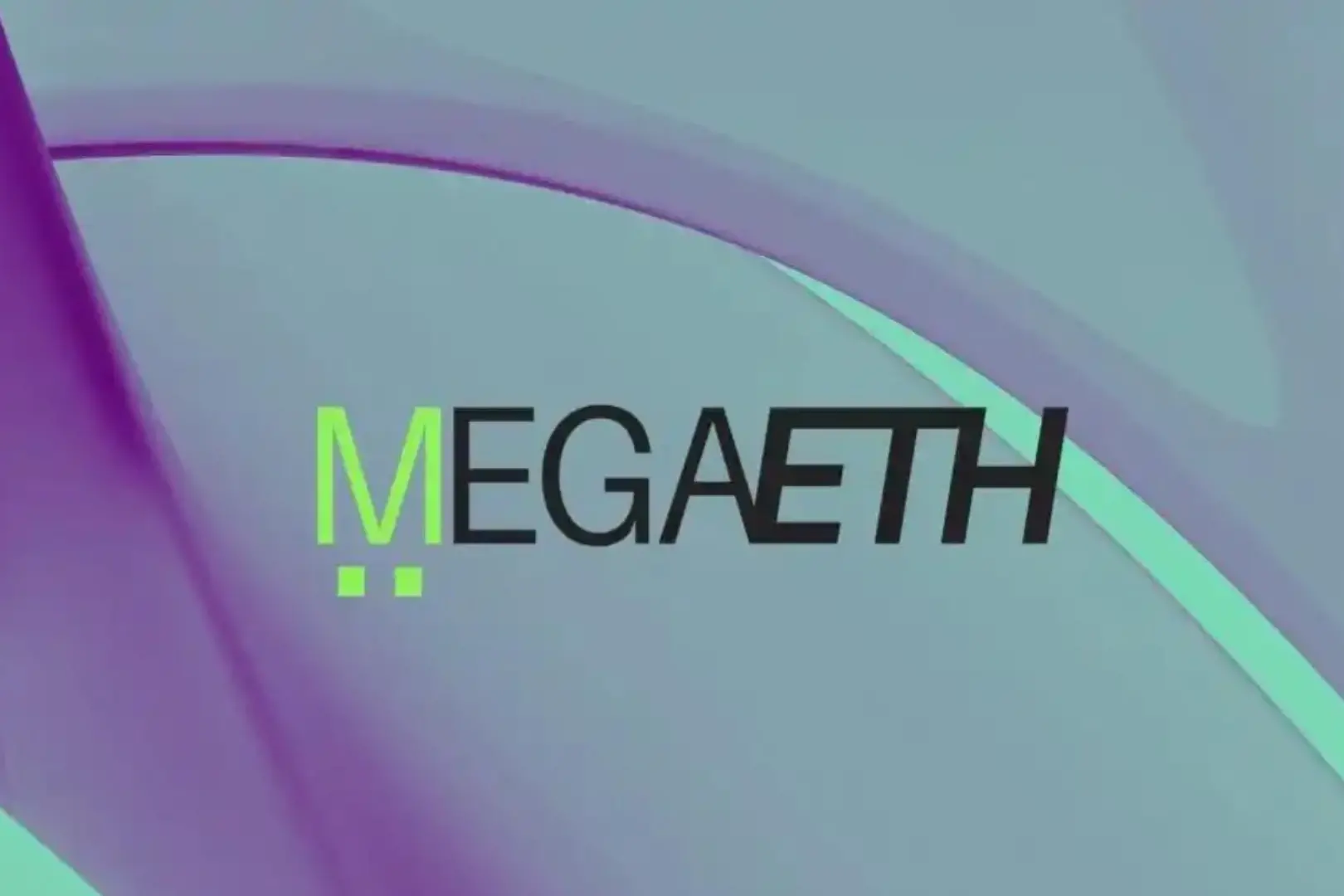Can New York’s new crypto office thaw America’s coldest market?
New York City Mayor Eric Adams just built a new power center for crypto inside City Hall. On Oct. 14, he signed Executive Order 57 and created the Office of Digital Assets and Blockchain Technology, a unit that sits in the Mayor’s Office, reports to the city CTO, and is led by Moises Rendon.
City Hall calls it the nation’s first municipal office focused on digital assets. The order takes effect immediately.
What does that actually unlock?
The order directs the office to coordinate across agencies, study and draft policy proposals, run public education on risks and fraud, and work with the city’s economic-development arm on investment and jobs.
In plain language, this gives startups and large institutions a front door at City Hall for pilots, procurement, and regulatory troubleshooting that cross multiple bureaus.
There’s a reason this matters in New York. State law still controls licensing of exchanges and custodians through the BitLicense framework, which critics say keeps costs high and timelines long.
A City Hall office cannot rewrite state rules, but it can standardize how municipal agencies evaluate blockchain pilots, help big banks navigate public-sector use cases, and coordinate with state and federal counterparts when a project hits the gray areas.
Adams has been vocal about bringing crypto closer to the city, and this hires permanent staff to do that mission.
Abroad, you can see versions of this playbook already running.
Hong Kong formed a government-level Web3 Task Force in 2023, chaired by the Financial Secretary, to steer policy and industry coordination. That group was renewed in 2025 with fresh appointments, showing staying power across market cycles.
Singapore’s MAS runs Project Guardian, a regulator-led program where banks and asset managers test tokenization for funds, FX, and collateral. The initiative has widened in 2024–2025 to include more global buy-side groups, and it functions as a standing sandbox that pushes pilots toward production.
Dubai went further, creating VARA by law in 2022 with its own rulebook for virtual asset service providers. That gave firms a clear licensing path, and the authority has since issued a full regulatory framework that traditional law firms now treat as a baseline reference.
New York’s model is different.
It is municipal, not a sector regulator, and it covers both public-sector modernization and industry growth. That can be an advantage. The city’s buying power and data infrastructure are large enough to make pilots matter, and the office can use procurement to pull private standards toward public needs, for example, identity, payments, or records that must interoperate with legacy systems.
So what does this look like for companies?
First, a single counterparty. If you are a custody shop offering secure disbursements to city vendors, or a bank testing tokenized deposits for municipal receivables, you now have an owner inside City Hall who can herd agencies and keep timelines from drifting.
The order assigns the office to liaise with OTI and EDC, which means projects can move from memo to milestone without dying in the interagency maze.
Second, a pipeline for pilots. Expect early tests where blockchain’s audit trails offer clear value: permit and license registries, vendor payments with automated reconciliation, grants management, or proof-of-delivery for social services.
Singapore’s Project Guardian shows that tokenized collateral and fund units are viable in controlled environments; a New York pilot could copy the pattern with city treasurers and partner banks.
Third, clearer expectations for risk teams. The office is charged with public education on scams and consumer risks. If it publishes playbooks for vendor diligence or wallet hygiene, compliance teams at exchanges and fintechs will get a common language to reference in RFPs and risk committees. That shortens sales cycles and cuts duplication across departments.
There are limits.
The office does not issue licenses, does not pre-empt state or federal law, and its influence will depend on budget and headcount.
Adams leaves office in January 2026, so continuity depends on whether the next administration treats this as critical infrastructure or a political ornament. Those caveats aside, the structure fits a broader pattern: jurisdictions that concentrate digital-asset work inside named bodies tend to move faster from speech to standard.
Hong Kong’s task force and Dubai’s VARA are two examples at different ends of the spectrum, one advisory and coordination-heavy, the other an outright regulator with a binding rulebook.
If you are a crypto company with New York clients, yesterday’s knock on the door was a patchwork of agency staff who rotate every budget season.
Today, there is an office with a name and a mandate. That alone reduces transaction costs. If you are a bank trading tokenized funds in Singapore or expanding a compliance program for Dubai, you now have a reason to add New York City to the same slide of “jurisdictions with a living contact.”
The office cannot change the BitLicense, but it can make New York easier to work with, and in this sector, ease of doing business often decides where the next pilot lands.
For a city that runs on capital markets, this is a move to plug blockchains into the civic stack rather than treat them as a sideshow. If the office ships even two or three credible pilots and publishes the playbooks, it will reset the default question from “can the city use this” to “which agency does it first.”
The post Can New York’s new crypto office thaw America’s coldest market? appeared first on CryptoSlate.
Disclaimer: The content of this article solely reflects the author's opinion and does not represent the platform in any capacity. This article is not intended to serve as a reference for making investment decisions.
You may also like
MegaETH Valuation Game: A Good Entry Opportunity or Approaching Risk?
The L2 project MegaETH, backed by Vitalik, is about to launch its public sale.

The Manipulation Logic and Survival Strategies Behind the "Largest Liquidation in History"

This is not a bull market signal, but one of the most dangerous turning points in history.

BitMine Adds $417 Million in Ethereum Amid Market Dip
Quick Take Summary is AI generated, newsroom reviewed. BitMine purchased 104,336 ETH worth $417 million during a 20% price dip. Rising Ethereum whale activity signals renewed institutional accumulation. On-chain data confirms large holders are steadily increasing their positions. The move highlights confidence in Ethereum’s long-term strength despite short-term volatility.References 🔥 TODAY: BitMine bought 104,336 $ETH worth $417M as prices fell 20% from August highs, per onchain data.
